|
Health warning: Vegetarians and hesitant carnivores may find this blog disturbing. At the end of the last Advanced Salumi Course I was chatting with the norcino (pork butcher) Ismaele Turri and my driver Marzio Paganelli outside Ismaele’s butchery. Marzio asked me whether I’d ever eaten picchiante. I’d never even heard the word, so I wasn’t sure. They’re lungs, he explained, and his grandmother used to make a delicious dish with them. Did I want to try them? I wasn’t sure, but thought I ought to in the name of research. Problem is, where could he get them? He hadn’t seen them at a butcher shop in years. Ismaele rears pigs, and when one is slaughtered, he gets the whole animal back from the abattoir—head to tail, skin, offal, bones and blood. Nothing missing. He led us into the cold room; I briefly saw something long, grey and smooth before he popped it in a plastic bag and handed it to Marzio. No money changed hands. We fixed Tuesday for the dinner. I phone Tuesday midday to check what time to arrive. Marzio is already in the kitchen. He says if it doesn’t come out well, we don’t have to eat it. I consider taking a pork chop. When I arrive at 8 pm, his wife Carla tells me she’d gone out for the day to avoid cramping his style. I’m relieved that there are good smells coming from the kitchen. Marzio loves to recount recipes as if they were stories. This is what gave me the idea of ‘Cooking with Babbo’. Babbo is the Tuscan equivalent of ‘dad’ or ‘pa’. I bring my guests to the Paganelli’s summer haunt, a renovated chapel on the ridge above their home in the valley, and we cook whatever Marzio feels like. No menu, no recipes. While a ragù simmers, he’ll grab a jug and lead you down to the spring below the house, or take you to the veg patch to pick tomatoes. Carla is there too, and steps in to teach her to-die-for tiramisu. As a rule I don’t approve of cooking lessons as the only introduction a traveller gets to our food. Tuscan cuisine relies above all on good primary ingredients, and you have to know where to find them and how much better the flavour is than industrial food. That’s why I take my guests to visit artisan farmers and producers. But ‘Cooking with Babbo’ is as much a lesson in the dynamics between Italian husbands and wives as a cooking lesson. It’s a cultural experience. This time Marzio lifts the lid to a simmering pot and shows me the deep, rich red sauce from which small brown cubes of meat protrude. The story begins. He chopped two onions and sautéed them for several minutes in extra virgin olive oil, pressed from his own olives. He had already prepared the lungs. That’s what took longest, because you have to remove all the tubes so the finished dish won’t be chewy. He added the cubed lungs to the onions along with a small clove of garlic and a pinch of peperoncino (chile pepper), and sautéed them for an ‘abundant 15 minutes’, splashed in some white wine and evaporated it (sfumare), added chopped, peeled tinned tomatoes (much better in winter than tasteless hothouse ones) and some tomato paste. Then some hot water (or vegetable stock) to cover. He put the lid on the pot and simmered it for ‘an abundant 50 minutes’. Time is often as important an ingredient as the physical ingredients. The recital over, the pot is brought to the table along with a platter of hot, fairly firm polenta which he has piled in a mound and decorated with a fork. Formenton otto file, he states. It’s the old variety of maize whose stoneground meal makes polenta that actually tastes like corn. He cuts a slice of polenta with a knife and struggles to carry it to my plate. His grandfather used a pliable willow branch, which was perfect for cutting the polenta and getting the slice to a plate in one fell swoop. Carla spoons the picchiante in umido, the lung stew, to the side of the polenta. We look at each other, exchange the ritual buon appetito, and taste it. I’d expected a slightly slimy texture, but the cubes of lung are resistant while not being tough and the flavour is deep and complex. Truly delicious! As we enjoy Marzio’s creation, we ponder the origin of the word ‘picchiante’. The Italian for ‘lung’ is ‘polmone’. Maybe it’s Tuscan. When I get home, I check my Italian-Italian dictionary compiled by two Tuscan scholars, Devoto and Oli. They confirm the word as 16th-century Tuscan, but say it refers to the lungs of a cow. Nevertheless, the Italians in my village know I’m talking about pig lungs when I tell them what I’ve eaten. It also means door knocker, and was applied to lungs because they lie near the heart. Marzio and Carla talk nostalgically about all the ingredients that have disappeared from shops and the dishes that no one makes anymore. They think young people don’t like them, and wouldn’t eat them even if their parents could be bothered to prepare them. Every year Carla’s family reared a pig which they slaughtered in January. Marzio and I chorus, ‘Il giorno di Sant’Antonio’, the 17th of January. Sant’Antonio is the patron saint of animals, and it always seems strange to me that this is the day of the slaughter, but Carla thinks he only protected young animals. Anyway, no part of the pig was wasted; there were traditional ways of eating or using everything. Not only every cut of an animal was used, but a large variety of wild and cultivated plants formed part of the daily diet. This is partly old people’s talk. We’re at that age when the world seems to be going to the dogs. But I’m cautiously optimistic. I see hopeful green shoots: farmers’ markets, artisan bakers and butchers, restaurants featuring liver, pigs’ feet and foraged plants. And Marzio is still making his grandmother’s picchiante in umido.
3 Comments
24/11/2018 02:17:22
This is exactly the kind of food that I want to eat, and the type of true experience I look for in a trip! Great posting!
Reply
27/11/2018 16:27:00
Thanks for your comment. I hope to meet you sometime on one of my tours. We meet a lot of grandparents and eat the delicious, satisfying dishes they prepare.
Reply
Your comment will be posted after it is approved.
Leave a Reply. |
Email Subscription
Click to subscribe to this blog and receive notifications of new posts by email. AuthorErica Jarman Categories
All
Archives
October 2023
|
|
copyright 2017 sapori-e-saperi.com | all rights reserved
|
Website by Reata Strickland Design

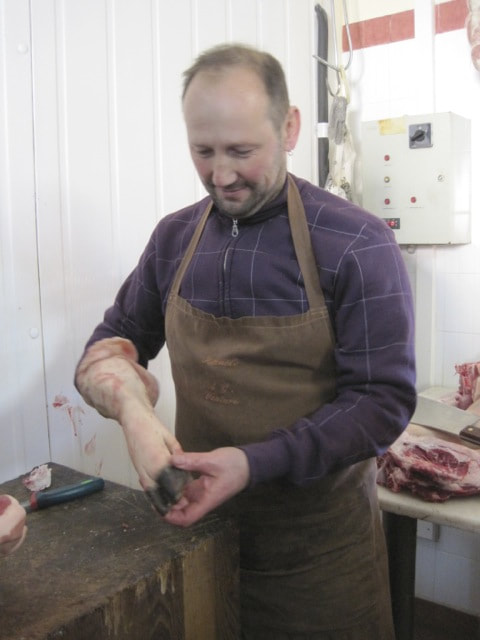

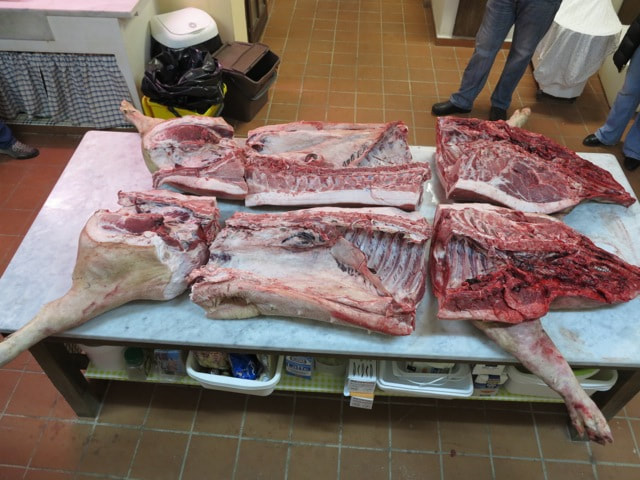

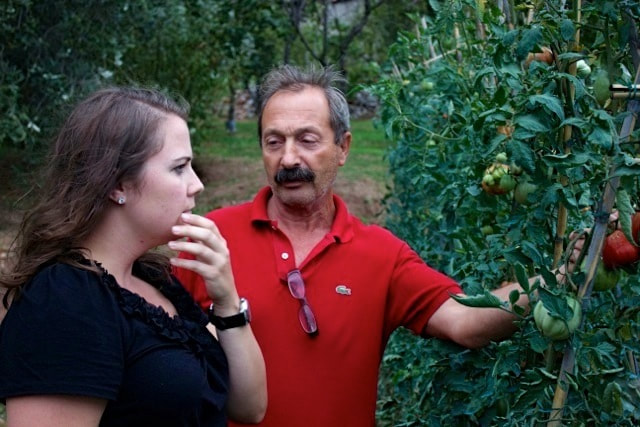
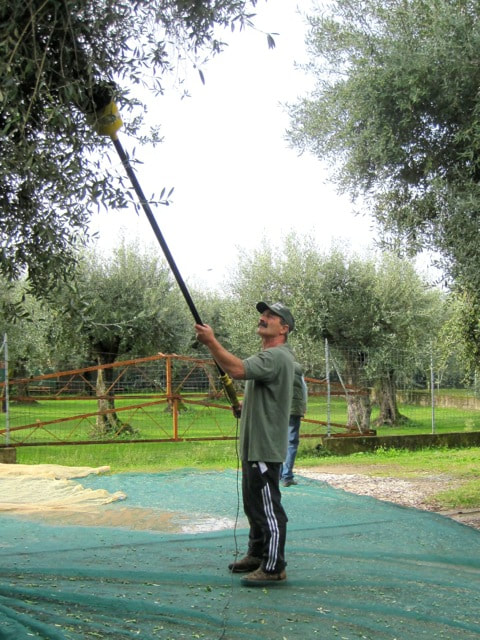
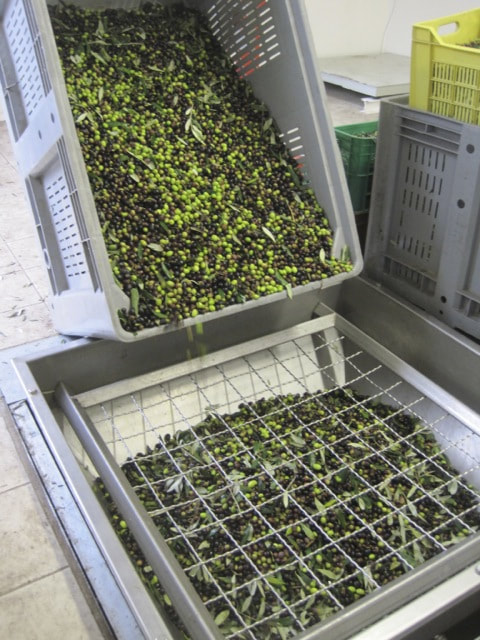
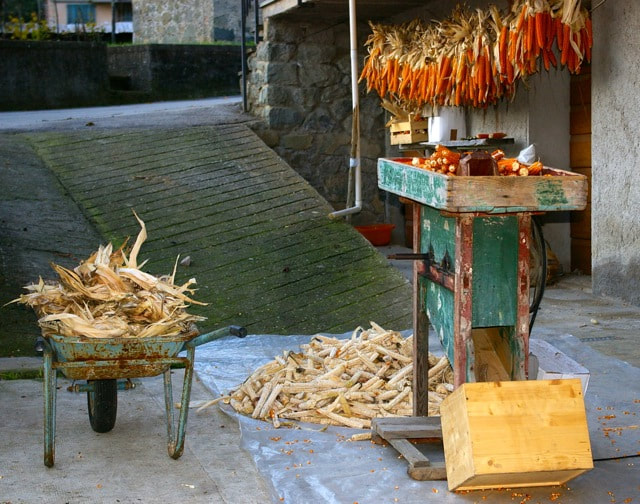
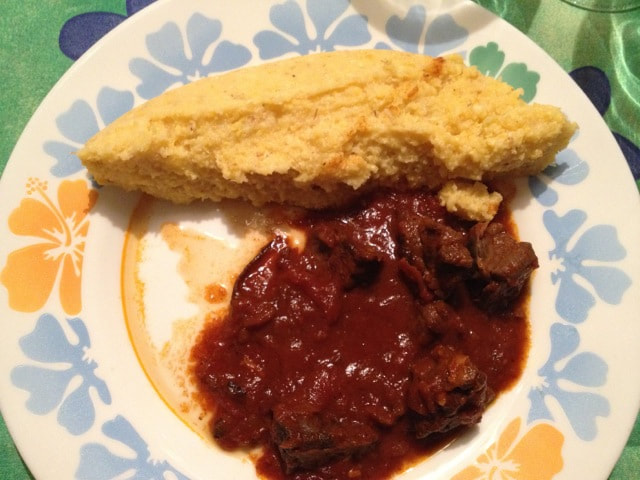
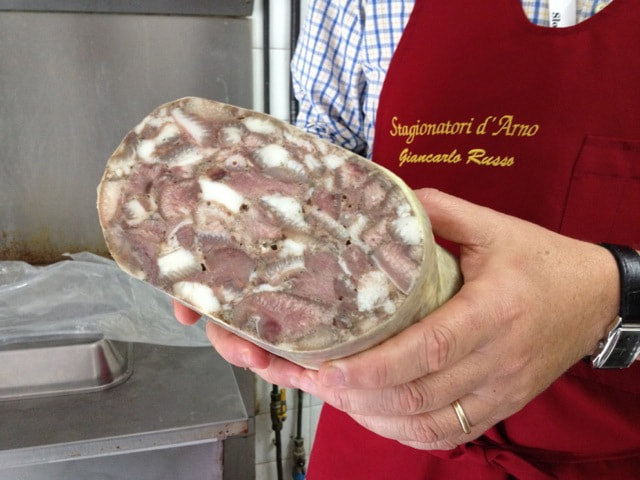
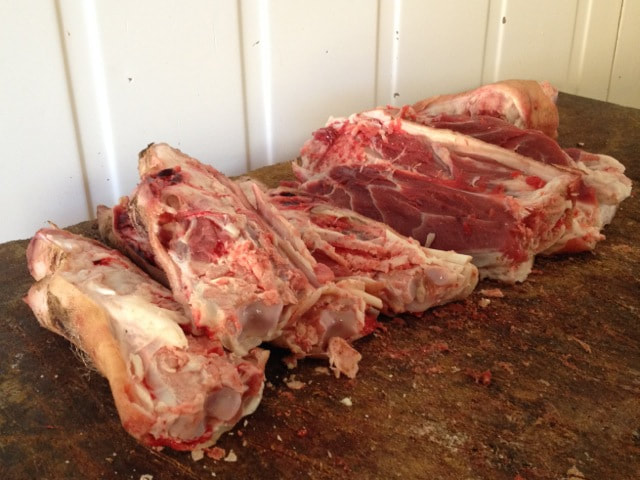
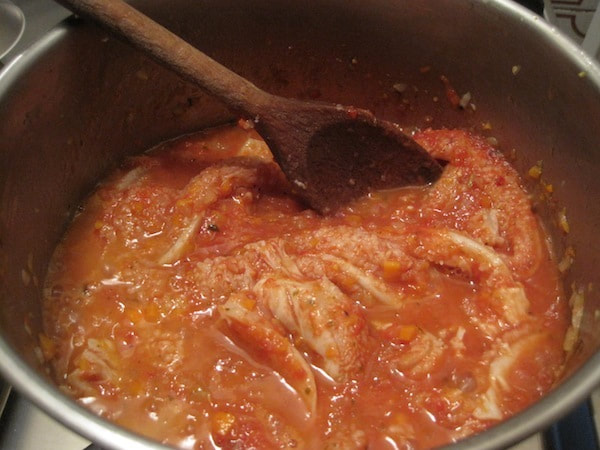
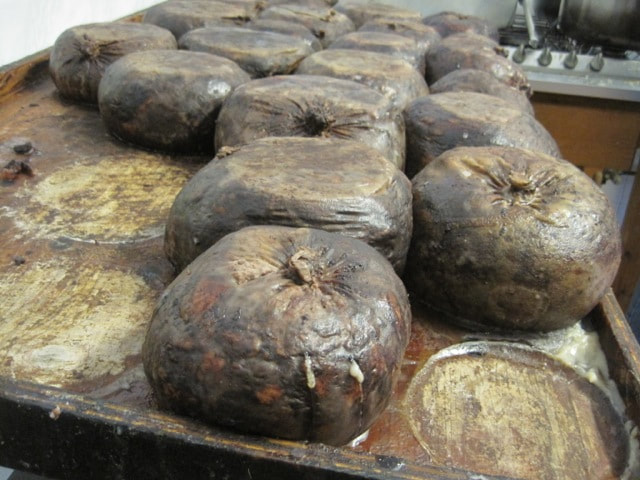
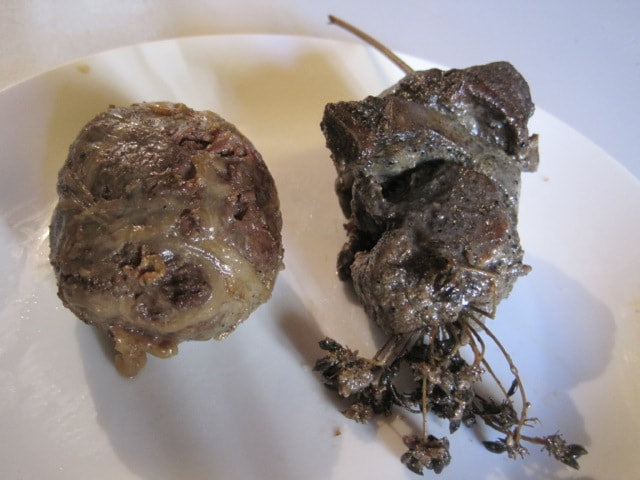
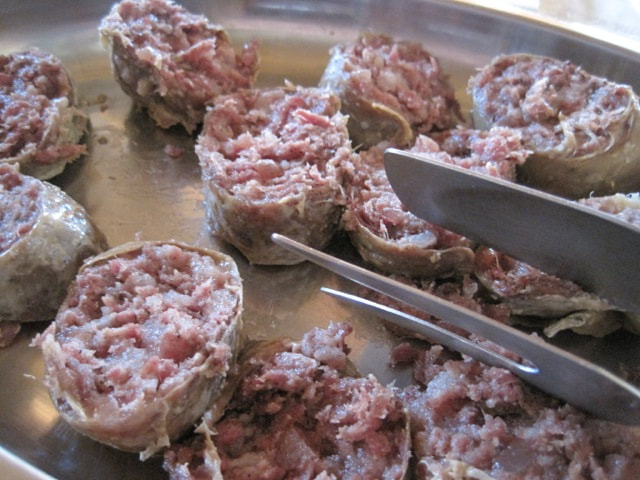
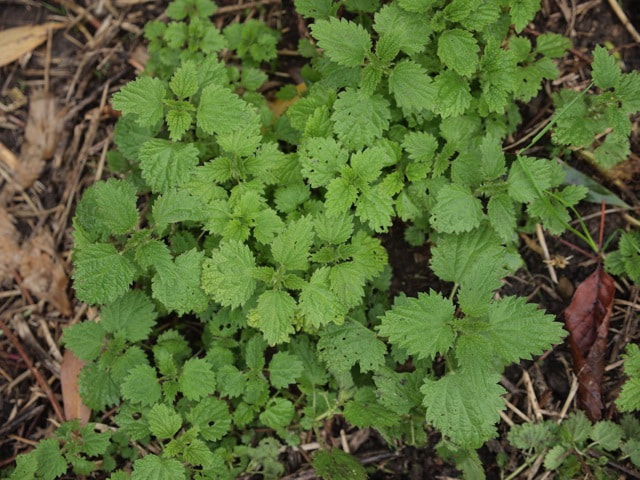
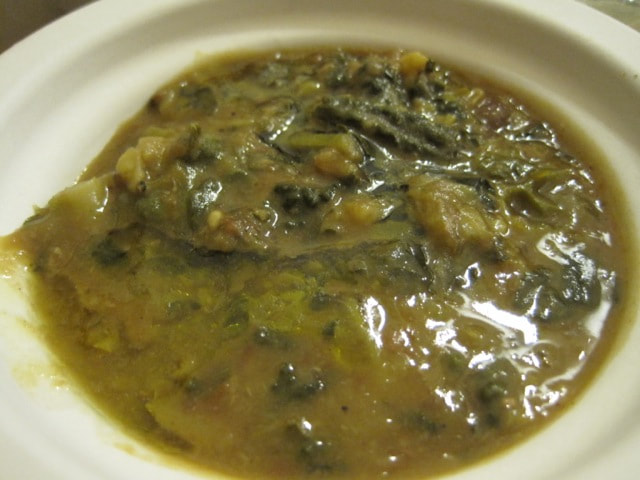
 RSS Feed
RSS Feed



